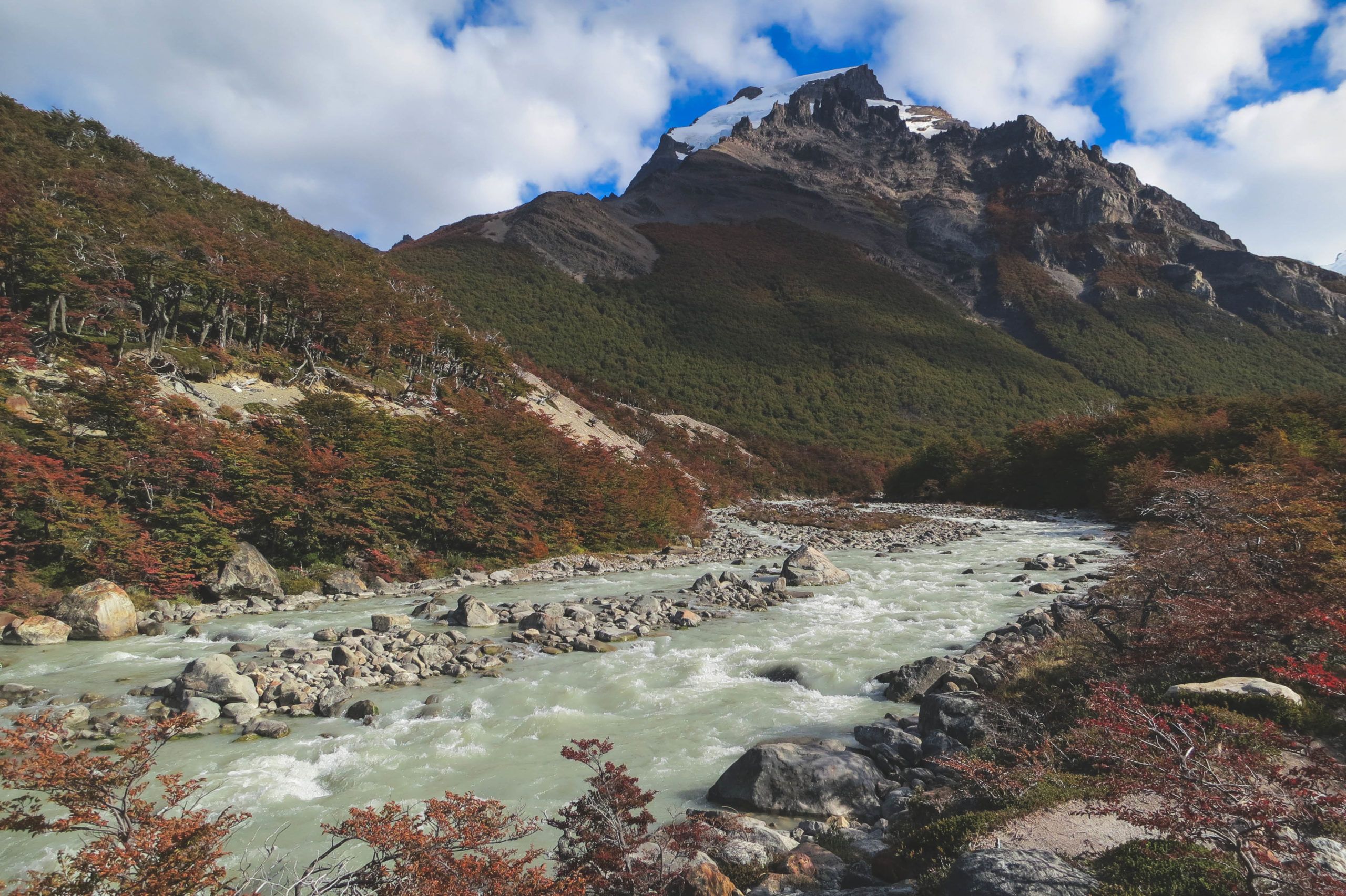Argentina

Situated between the towering Andes and the South Atlantic Ocean, Argentina boasts an exceptional range of stunning landscapes. Entering from the north, travellers are greeted by the phenomenal Iguazu Falls on the border with Brazil. Further south, the capital of Buenos Aires looks back across the broad Rio de la Plata to its Uruguayan neighbours. Then on to the vast plain of the Pampas and the steppes and foothills of rugged southerly Patagonia.
Buenos Aires is the cultural centre of Argentina. In its heyday at the dawn of the 20th century it was one of the richest cities in the world, attracting European investment and immigration – especially from Italy and Spain. It is known for mixing European architecture and culture with the frantic buzz of a major South American metropolis.
Argentina is renowned for its grilled meat cuisine, with beef a speciality due to the roaring cattle trade on the Pampas. Be sure to head to one of the country’s famous parrilla restaurants to sample the best steak of your life – not that you’ll be able to avoid them if you visit for any length of time!
The country is popular with holidaymakers as inflation continues to drive down the value of the peso, making luxury holidays in Argentina an attractive proposition. Most corporate travel to Argentina tends to be centred around Buenos Aires in the North East, as the city and region are well equipped with high-class hotels and modern infrastructure.
Climate
Stretching from subtropical latitudes in the north to the sub-arctic far south, Argentina has a wildly diverse range of climates. The north is warm, with an average annual temperature of 25 degrees Celsius (77 degrees Fahrenheit) and rainy throughout the year. During the winter (May to September) the humidity drops, making this a good time for families to visit.
In the south, Patagonia has a cold, dry climate and is best visited in the summer (December to February). The same holds for the Andes regions due to the high altitude. The central plains can be hot and humid during summer and cool in winter.
In the far south, sub-arctic Tierra del Fuego has an average annual temperature of just 5 degrees Celsius (-4 degrees Fahrenheit).
Language
Spanish is the dominant language throughout Argentina, where 40 other immigrant and local languages may also be heard.
Passport Visa
British passport holders don’t usually need a visa to enter Argentina. You can remain in the country for 90 days without further documentation. Please check rules around visa requirements before you travel, as they may change regularly.
If you are travelling around the country, the national railway system is reliable and has recently been extended. There is a high-speed line open between the major cities of Buenos Aires, Rosario and Córdoba. Every provincial capital also has its own major airport, making internal flights simple.
In the cities, taxi travel is relatively inexpensive, and there is a modern subway system for getting around Buenos Aires.
Safety
Remain vigilant of your personal belongings in town centres, and keep your valuables out of sight. If hiring a car, be sure to park it in safe areas as car thefts are relatively common.
Depending on where you visit, you may need to take precautionary health measures. Talk to your doctor 4-6 weeks before travelling so the proper arrangements can be made in time. Yellow fever vaccinations are often recommended due to the tropical climates. Hospitals in Argentina are of a high standard, but can be expensive if you fall ill without adequate travel insurance.
Our Services
For all your high-end, bespoke leisure and corporate travel needs to contact our Travel Managers on 800 NEXA (6392). You can also contact us on info@nexatourism.com .